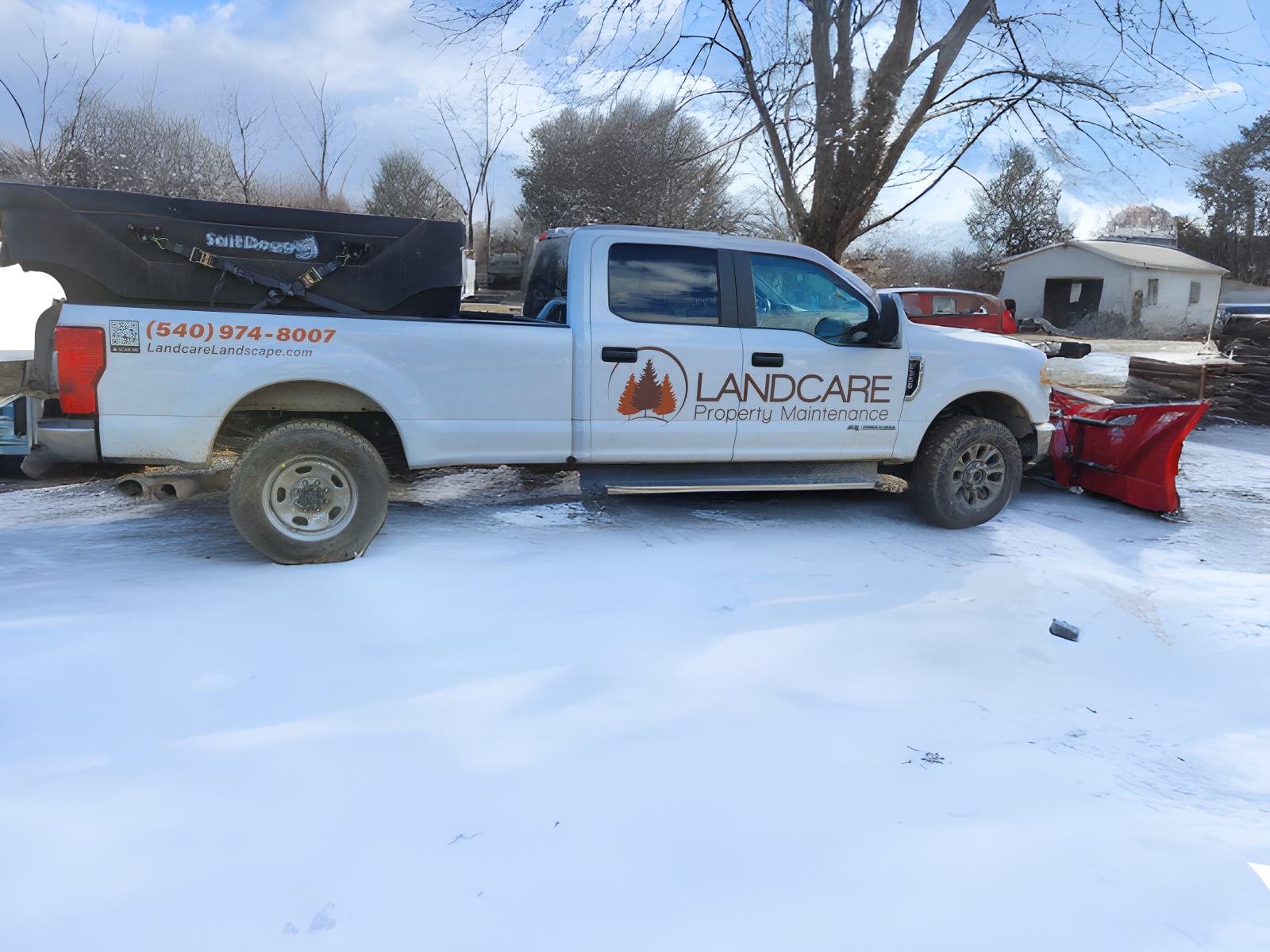As the winter season blankets our neighborhoods in snow, homeowners and commercial clients alike face the challenge of maintaining safe, snow-free sidewalks and driveways. Understanding the proper snow removal and salting techniques is crucial, not only for convenience but also for safety. In this friendly and informative guide, we’ll explore the best practices for tackling snow and applying rock salt or magnesium chloride, ensuring your outdoor spaces remain safe and accessible throughout the colder months.
The Essentials of Snow Removal
Start Early and Keep Up: Begin your snow removal efforts early in the storm and continue periodically. This prevents snow from becoming too heavy or hard to shovel. Remember, freshly fallen snow is easier to clear.
Choose the Right Shovel: Ergonomic shovels or those with a curved handle reduce the strain on your back. A plastic shovel is lighter and ideal for fresh, fluffy snow, while a metal edge is beneficial for breaking up ice or packed snow.
Shoveling Technique: Push the snow rather than lifting it when possible. If you need to lift, bend your knees and lift with your legs, not your back. Throw the snow straight in front of you to avoid twisting movements that can cause injury.
Clearing Driveways and Sidewalks: For driveways, start in the middle and throw snow towards the edges. For sidewalks, shovel a path down the middle and then clear from the center to the edges.
Effective Use of Salt and Ice Melt
Choosing Your Material: Rock salt is the traditional choice for melting ice, but it can be harmful to plants and pets. As an alternative, consider magnesium chloride, which is less corrosive and safer for vegetation – a crucial consideration in Zones 6-7 where plant health through winter is vital.
Application Tips: Sprinkle salt or ice melt sparingly; a little goes a long way. Focus on areas where foot traffic is common, like steps, sidewalks, and driveways. Be mindful of not over-applying, as excess material can damage concrete and vegetation.
Post-Snow Care: Once the snow melts, sweep up excess salt or ice melt. This prevents it from being washed into your garden beds, protecting your plants’ health in Zones 6-7.
In conclusion, with the right tools and techniques, snow removal and salting can be a manageable part of your winter routine. By starting early, using the correct methods, and choosing the right materials, you can ensure your sidewalks and driveways remain safe and clear during the snowy months.

